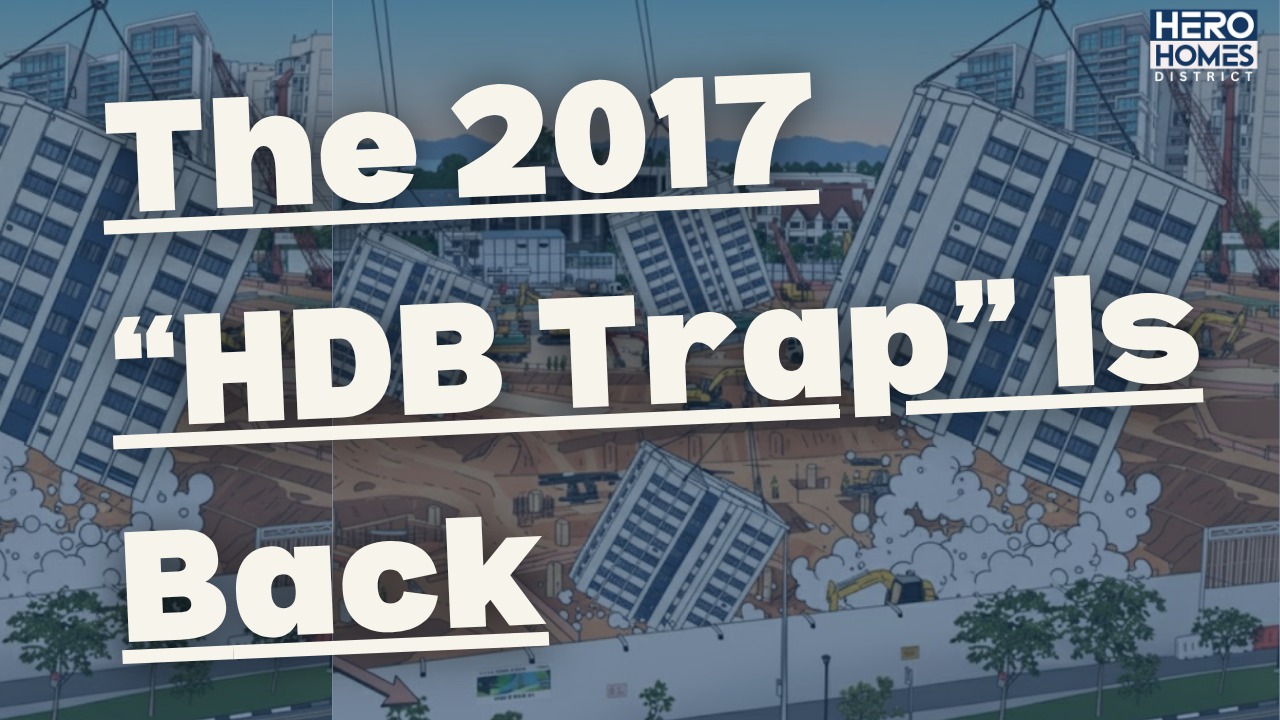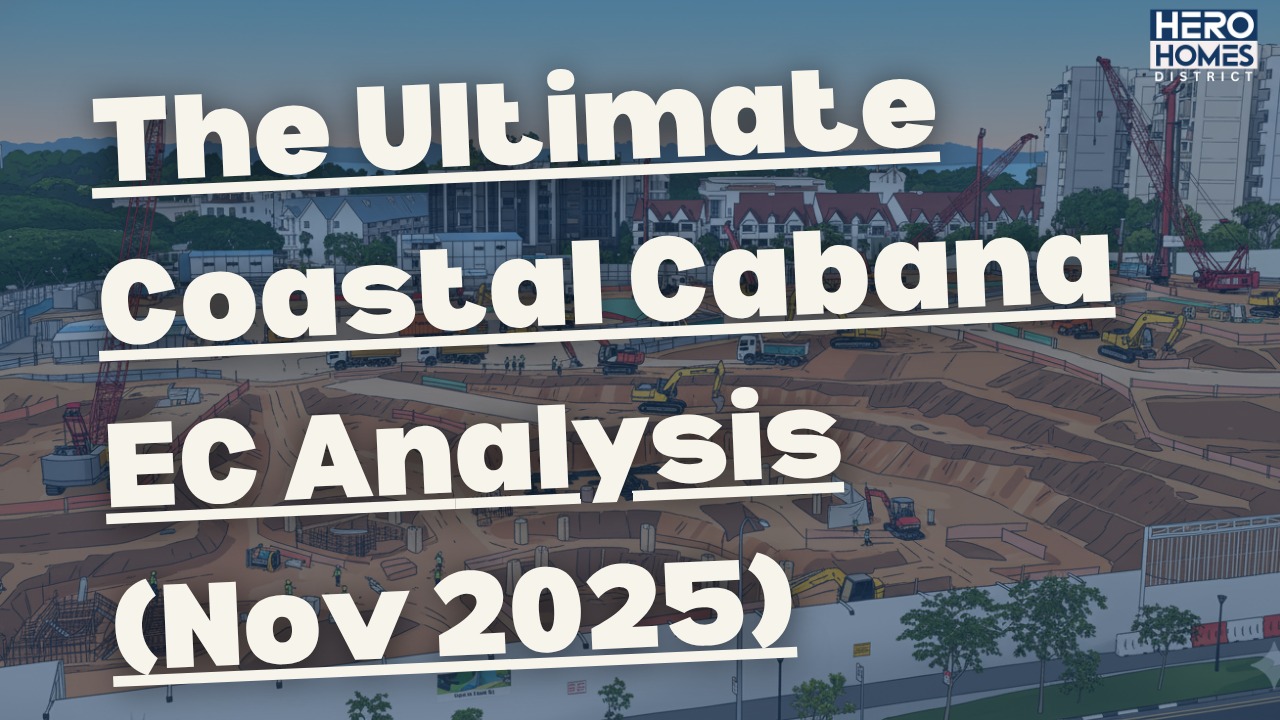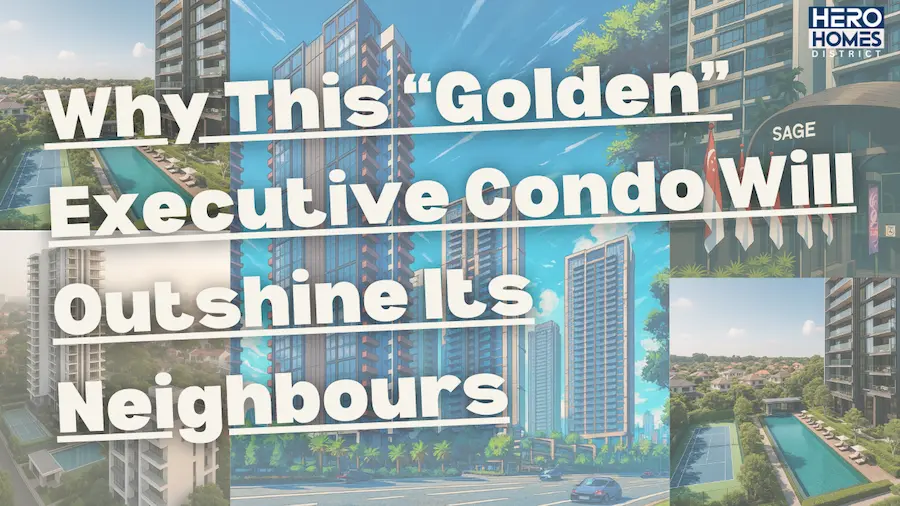Before delving into the nitty-gritty of today’s topic, let’s first answer the question you’re probably itching to ask: When is the best time to buy a property?
Nobody knows. Not me, not your go-to professional, not even the top property analysts.
The thing is, the property market is too complex and volatile to be boiled down to a simple question of “when.” Just like in 2020, when every guru tried predicting a market drop, no one can say for sure what’s coming, and nobody knows when the right time for a purchase is.

Since no one could get to the bottom of the market, what we should focus on is finding the right property.
But how do you know if a property is right? It’s more than just price and location.
While it’s easy to get lured with a discounted price, great location, or a promise of future development, it takes a more holistic approach to ensure that what you’re buying will also be worth selling in the future.
This takes us to today’s topic: the QPE framework.

Originated by Clinton of Pocket View, the QPE framework is a complete evaluation technique that lets you look at three main considerations: price, location, and exit strategy.
The goal is simple: Find a property that checks out in these three criteria and presents the least risk. This is because safe property with good fundamentals tends to appreciate over time.
To learn how you can apply it to property analysis, let’s dig deep into each of the criteria.
First, Price
Price is a huge factor in everything you buy, may it be a car, realty, stocks- literally anything. But this is not the only deciding factor of whether or not you should buy a property. While buying a property for half the price will probably bring you money, it’s not often, especially in today’s market, that discounts like this show up.
To effectively scrutinize if a property’s price is too high or too low, this method encompasses two factors:
- Per Square Foot and Entry Level Importance: First thing first, long gone are the days when per square foot was the only metric to tell if a property was considered expensive or not. While two properties might have a similar square foot on paper, evaluating a property’s value goes deeper.
To paint you a picture, let’s look at the case of entry-level leasehold property Martin Modern and 8-year-old Rivergate. While Martin Modern’s 3-bedroom lower floor units measure 1012 sqft. are transacting at around $2050 per square foot or a quantum of $2.1 million, Rivergate’s 2-bedroom apartment units with 1044 sqft. closely follows at around $2350 per square foot or a $2.4 million total.


Though in paper, the square foot difference might look the same, the space utilization is different. With only 1012 sqft. to work with, Martin Modern is able to squeeze in 3 bedrooms while the larger 1044 sqft. unit from Rivergate has only 2 bedrooms.
Why does this matter? Well, the number of bedrooms and the property’s age affect every unit’s rental rate. Looking at recent transactions will reveal that Martin Modern is renting at a higher price with total revenue of $706, 153, while Rivergate is earning $568, 800.
Therefore, per square foot should not be your sole focus as it’s equally important to consider entry-level options when analyzing a property’s price.
- Resale Versus Surrounding New Launches: This factor’s rule is pretty simple, if the price gap between the new launch and the resale property is narrow, the new launch is probably the better choice. If the gap is too wide, then go with the resale property.

For example, comparing the prices of 3-bedroom units from the newest AMO Residences with 1044 sqft. transacting at $2.06 million, Panorama with 1109 sqft. following closely at $2.081 million, Thomson Impression with 1055 ft. for around 1.938 million, and the oldest Bishan Park Condo with 1270 sqft.at $1.41 million, you will realize that the price difference between the newer launch AMO and older Panorama or Thomson is a mere 7-10%, but in comparison to Bishan Park, you’re left with a whopping 70% per square foot gap or 45% total difference.
Given that, it is probably best to pick out AMO if you have the budget or opt for the cheapest Bishan Park.
Comparing prices in consideration of these two things will give a more efficient and balanced weighing.
Now, if price is the heart of a property’s value, land size, and layout are the lungs.

Quality scrutinizes the overall value of a property based on its physical characteristics as real estate is often more about what you see in actual versus what you see on a sheet.
- Landsize, Facilities, and Facade: As important as price, a good property should have ample land size to effectively design recreational spaces and build facilities that will cater to every resident’s needs.
- Layout: Odd layouts that can be hard to play around with are one of the obstructions that could steer buyers or renters away. A good layout should be very clean and straightforward with well-planned and utilized spaces that don’t cut out people’s movements or affect their enjoyment of the space.
- Location, MRT, and Amenities: While other property investors might tell you that real estate is about location, convenience most of the time, can just be a bonus. This is because good properties with solid quality that addresses their resident’s needs tend to appreciate over time regardless of location.
- Views: Although good to have, a great view is also just a bonus, unless, of course, you can get one with a close price or in an area where properties are sought after for the great view.
Finding a good property that offers a balanced combination of all these is essential to ensure that you’re getting not just a quality lifestyle in your own home, but also in consideration of its value.

Lastly, Exit Strategy brings us to external factors that might affect your property’s value and marketability.
- Supply and Demand: Evaluating the supply and demand ratio in a neighborhood will help you determine the property’s chance of selling in the market. In places with lower supply but higher demand, you have a higher probability of selling or renting out a property for a higher price.
- Transformation: While you can take transformation into account, sometimes, sellers can also use it to lure you with a higher price. Transformation is good to have, but you shouldn’t shell out a great amount to chase it as development doesn’t necessarily equal appreciation.
- Schools: Being near schools secures a consistent demand especially if you’re in a district that is relevant for this purpose. But having no one within your property’s vicinity should not be too much of a concern as there are also areas that are not sought out for this reason.
- Target Audience: Different areas and unit types attract different people, think about the possible traits or needs of your target audience to make an educated move. For instance, if you’re acquiring a property like Stirling Residences which is surrounded by million-dollar HDBs, a 3-bedroom unit is more likely to attract HDB upgraders than a 1-bedroom flat. But 1-bedroom flats may also bring in investors.
Exit strategy completes the equation in addition to price and quality to really give you a holistic and objective view of what makes a property good.
While you cannot know when is the best time to buy a property, you can find the right one that will withstand the test of time.
Are you just getting started in your property-purchase journey? Our team is set to help you out. Simply message us through our contact information on this website for objective and expert guidance.
Photo References:
News Bit: https://www.scmp.com/
QPE Diagram and Recent Transactions: https://www.youtube.com/@pocketviewsg
Building Graphics: https://newlaunch.properties/
Supply and Demand: https://caldwellcommercial.com/







